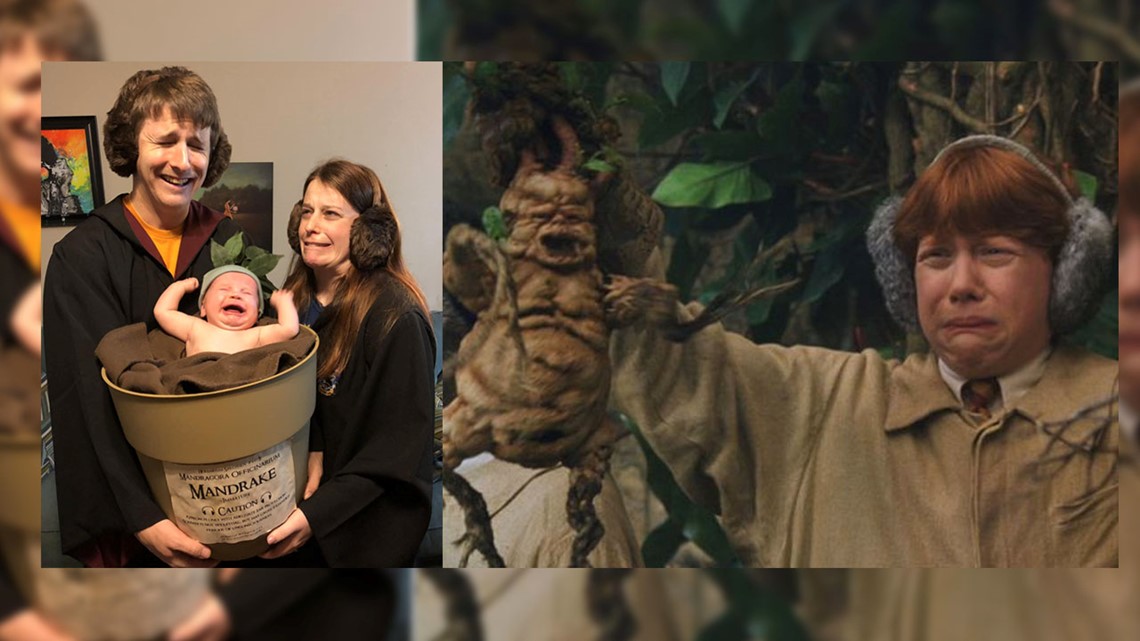
Production designer, Stuart Craig, designed the pieces, which were then sculpted and cast by the SFX crew with materials that varied depending on their use. Remember the scene in Harry Potter and the Sorcerer’s Stone when Harry, Ron, and Hermione are faced with a life-sized version of Wizard’s Chess? While it would seem that all the pieces were created digitally and then moved around the board, in actuality, the whole game was a practical effect set. To match Coltrane’s performance, Bayfield watched a video of him lumbering around as Hagrid, and in Coltrane’s words, “learned it perfectly, to the point where people didn’t know who was who when we were at a distance…” For wide shots or those where the other actors needed to seem half his size, Martin Bayfield, a 6’10” former rugby player/policeman was used.īayfield was put into a bodysuit with prosthetic hands and a sculpted head that eventually became voice-activated. Although Coltrane is 6’1”, to make him appear larger, his scenes would often be shot on small sets with scaled down props. Rather than creating Hagrid as an entirely digital character, which would have been monumentally expensive over the course of eight films, the filmmakers decided on having two separate Hagrids.įor closeups and medium shots where he was in the frame, Robbie Coltrane, whom we’ve all come to know as Hagrid, would appear. In the books, Hagrid is described as being “almost twice as tall as a normal man and at least five times as wide.” Translating a person of that size to the big screen, however, proved rather difficult. Skillful lighting design, some smoke, and a fan brought one of the most defining moments from the books to life at a fraction of what it would have cost if they tried to pull it off digitally. Slowing down the film to 120 frames per second created the illusion of time quickening, and the rest was done just like the theme park version. It all happens so suddenly and everything seems to be moving at a much faster pace around him, as if the world itself is reacting to the pairing. When Ollivander hands Harry the wand that eventually becomes his, a number of things start to happen: light appears out of nowhere (giving him a halo), wind begins to blow, dust flies about, and candles flicker. Although much of that experience only involves a light change, some magical music, and a fan, it’s not that different from how the effect was created on screen in Harry Potter and the Sorcerer’s Stone. If you've been to the Wizarding World of Harry Potter, whether in Orlando, Hollywood, or Osaka, chances are you’ve witnessed a wand choosing a wizard at Ollivanders wand shop. Think you can tell a CGI effect from a practical effect? Here are 15 Special Effects You Thought Were CGI But Weren’t in the Harry Potter films. Sometimes, the two types of special effects were combined in order to make them seem more realistic (as was the case with many of the creatures, like Buckbeak in Harry Potter and the Prisoner of Azkaban).


That being said, with the ingenuity that the special effects teams brought to the table, it’s not always easy to tell a practical effect from a computer generated one. Each Harry Potter film cost between $100-250 million dollars to make and utilized hundreds of special effects in order to bring the magic to life. These ‘practical effects,’ as they’re known in the industry, were necessary in order to keep budgets down.


However, even among all the CGI and compositing, there were a large number of special effects that were done the old fashioned way. With each film, the technology, creativity, and budget for effects increased, garnering multiple BAFTA and Oscar nominations - including, a BAFTA win in 2012 for Harry Potter and the Deathly Hallows: Part 2. Over a span of ten years, the Harry Potter films revolutionized the visual effects industry, specifically in Great Britain.


 0 kommentar(er)
0 kommentar(er)
